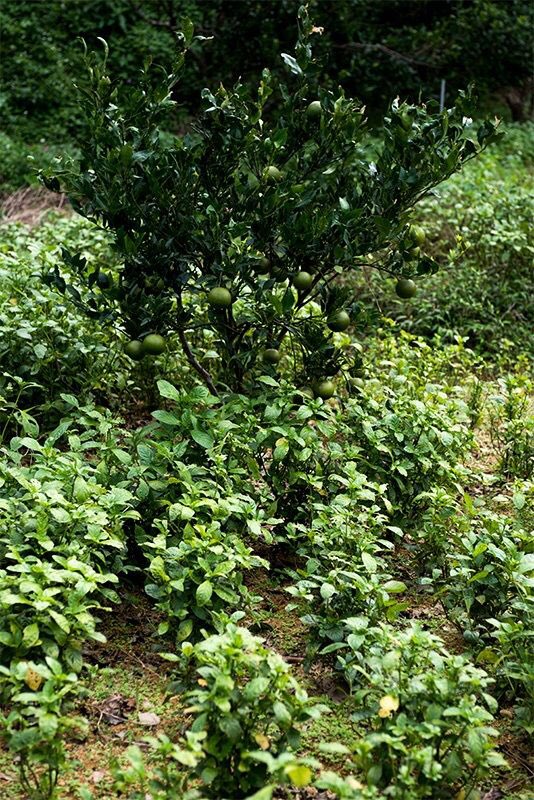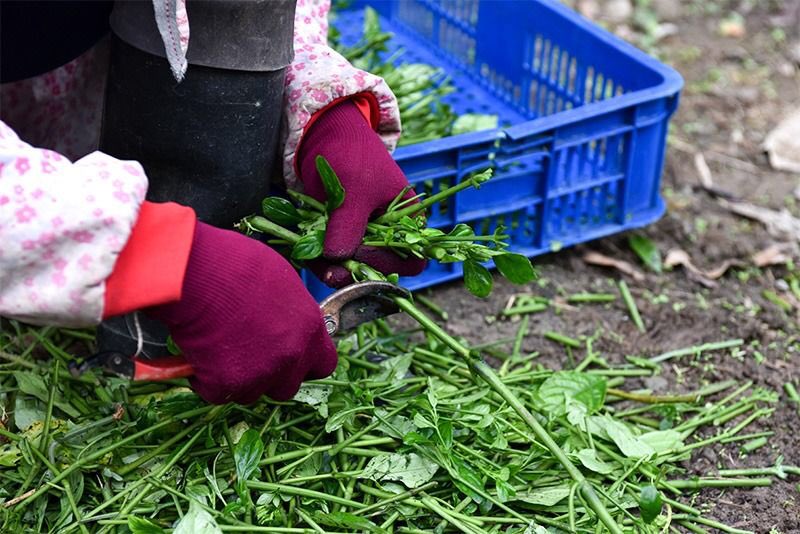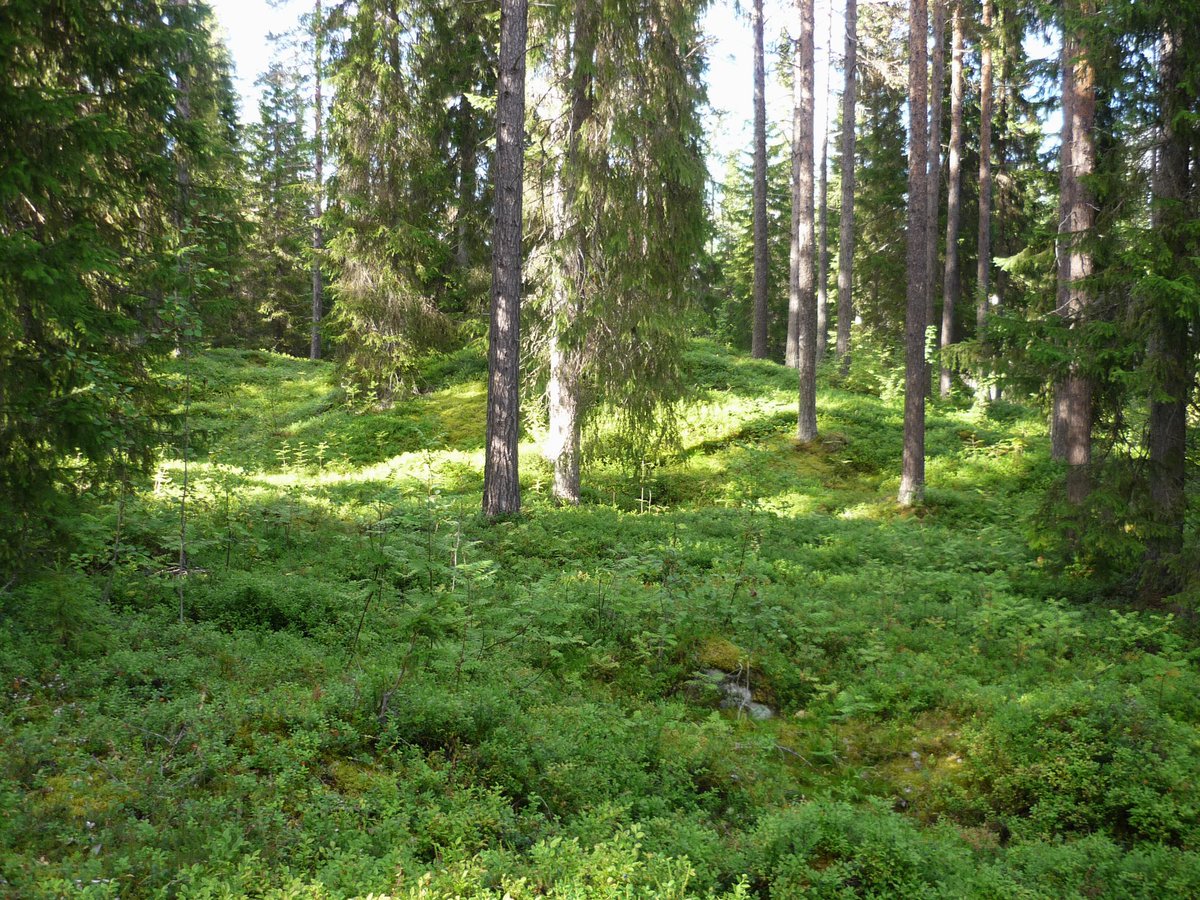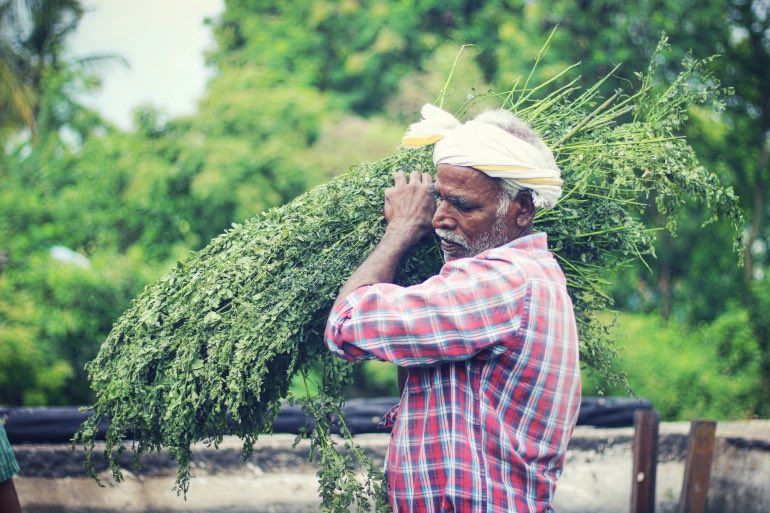The future must be sustainable or there will be no future at all. Agroforestry is the practice of combining slow growth forest (which can take generations to mature) with agriculture, solving many practical ecological, technical problems. In Taiwan, agroforestry is growing. 

In in Hualien County a private 6ha butterfly reserve is being used to also grow indigo plants, which were a major cash crop until about a century ago. Underneath the trees indigo plants provide food and shelter for the butterflies: excess indigo leaves are harvested and sold. 



Indigo prefers full sun but in hot climates it grows well in shade. In nearby Okinawa indigo is grown with great success in citrus tree orchards, doubling the output of the farms for very little extra labor and investment. 



In India indigo is planted on marginal lands where anything else would be attacked by monkeys and deer. Animals won't touch indigo so the fields create a safe buffer and a reliable cash crop that can be locally processed for added value with little effort. downtoearth.org.in/news/agricultu…
Indigo dye is relatively easy to make, it is non-toxic and requires no factories or fossil fuels. It leaves no waste and the only added ingredients can all be locally produced. It is the perfect sustainable local textile dye. None of our chemicals come close. 



Indigo is the perfect dye for people working outdoors as well, due to its natural anti-insect properties. It is simply maintained and colors can last many generations, making for easily recycled and reused cloth and clothing.
https://twitter.com/wrathofgnon/status/1250293656226918401
Other than Indigo there are thousands of suitable crops for profitable agroforestry. In Japan shiitake mushrooms can be seen growing in what would otherwise be land that wouldn't pay off in generations. It is superbly easy to grow and pays well. 







In Scandinavia bilberry is such a common crop that rather than bilberries growing between trees you have trees growing in between the bilberry plants. The main problem here is to find enough people to harvest it. In Japan we pay good money for this annual crop though. 



Back to Indigo: it is a great nitrogen fixer. Instead of letting excess farm nutrients poison the water streams you can fix it by growing tons of indigo underneath trees whose roots tie down the earth embankments. Use the leftover indigo cakes after dye extraction as fertilizer. 



• • •
Missing some Tweet in this thread? You can try to
force a refresh




































